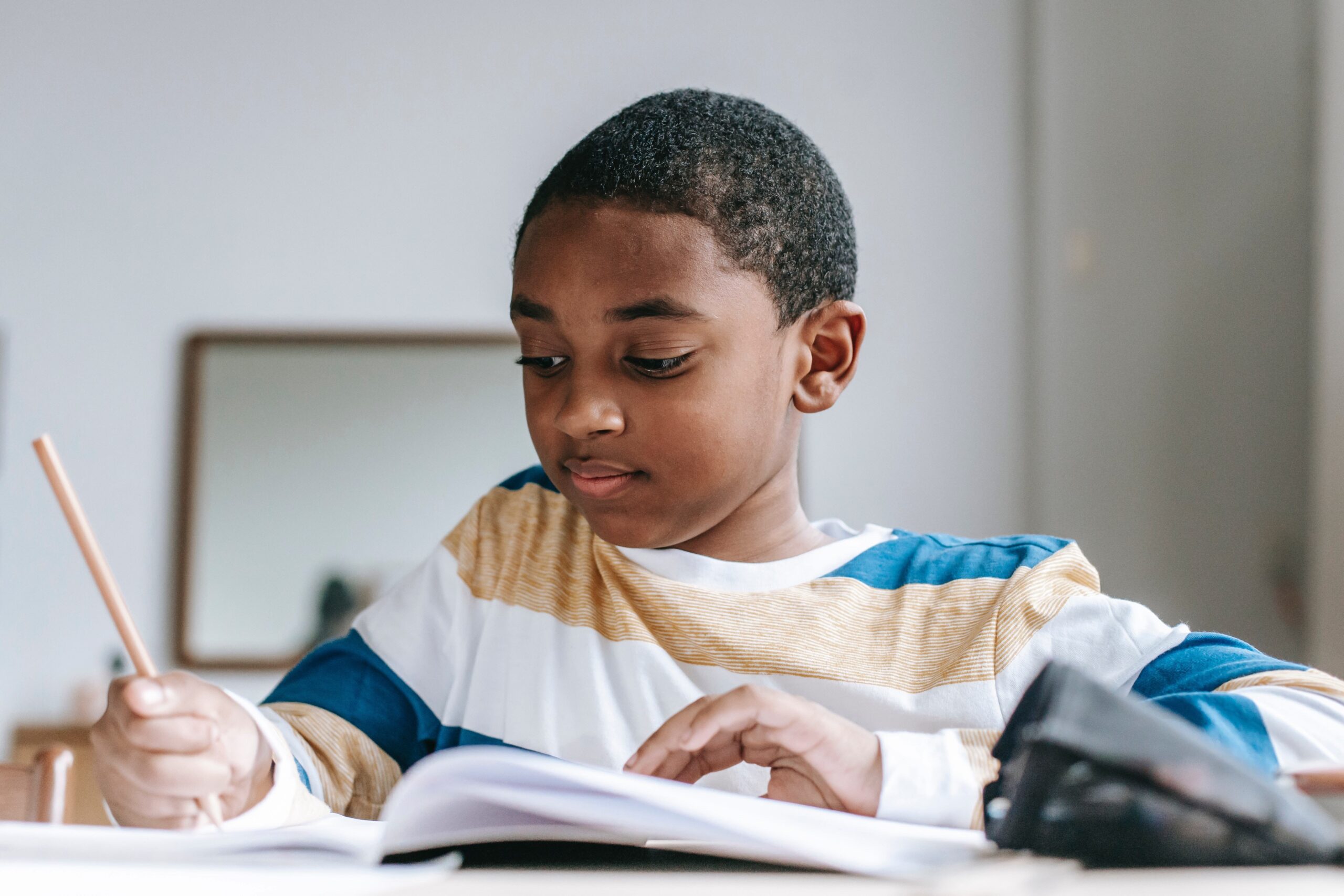Twice exceptional children are both gifted and present with a learning disability. Being identified as gifted and having a disability at the same time can be very confusing. These students may wonder why they are so good in one subject with require extra help with another. Heightened expectations and higher standards for achievement can become really frustrating for 2E students causing them to suffer from depression and low self-esteem.
Currently, scientific literature identifies several 2E types:
- Students who are identified as gifted and have subtle learning disabilities. These students may have a large vocabulary and excellent verbal ability overall, however their handwriting and spelling are below average. Students in this group may be underserved because of the disability being overlooked.
- Students whose giftedness and disabilities “mask” each other. They usually receive general classroom instruction, and no red flags are raised.
- Students who are noticed predominantly because of their disability. Because of the level of attention their disability receives, their strengths become obscured. Very often these students fail in school and develop a low self-concept.
According to Baum and Swesson, the following are the likely characteristics of 2E students:
- Discrepancy between written and verbal work
- Creative
- Excel on tasks requiring use of abstract concepts
- Difficulty on tasks requiring memorization of isolated facts
- Anxiety
- Depression
- Acting out
- Poor organization
- Poor motivation
- Active problem solvers
- Analytic thinkers
- Strong commitment to tasks that are personally meaningful
- Withdrawal and shyness
- Discrepancy between out-of-school talents and classroom performance
Some tips for educators working with 2E students include
- Teaching students to appreciate individual differences
- Teaching content by introducing concepts first and details second
- Teaching students to set realistic short-term goals and to take credit for goals that were reached.
- Never take time away from areas of strength to create more time to work on deficiencies.
Sources
Baum, S. M. (1994). Meeting the needs of gifted/learning disabled students: How far have we come? The Journal of Secondary Gifted Education, 5(3), 6-22.
King, E. W. (2005). Addressing the social and emotional needs of twice-exceptional students. Teaching Exceptional Children, 38(1), 16-21.
Swesson, K. (1994). Helping the gifted/learning disabled: Understanding the special needs of the “twice-exceptional.” Gifted Child Today, 17(5), 24-26.
Winebrenner, S. (2003). Teaching strategies for twice-exceptional students. Intervention in school and clinic, 38(3), 131-137.


